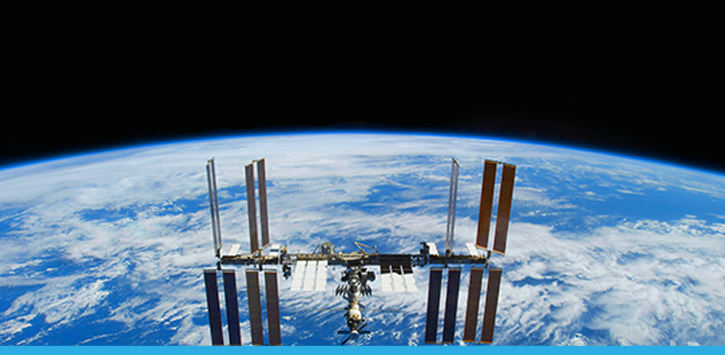Many people have been fascinated by space and the crafts that are built to explore it. However, what many people don’t know is that there is a lot that goes into such rockets, and there are a lot of facts that you can learn about them and the challenges of their missions.
Apollo 13
Apollo 13 is a mission that can be best described as a “successful failure.” This is because they did not complete their mission, but they got back home safely. The mission was “to land in the Fra Mauro area” on the moon. The crew did not land on the moon because of an onboard explosion. Apollo 14 had to land there in the future instead. The explosion was a service module oxygen tank and did not kill the crew, but there was no electricity, water, or light. The crew, however, came back to Earth safely. This mission was when the phrase, “Houston, we have a problem” was first said.
Apollo 11
This is a mission that everybody knows, the mission that first put a human being on the moon. The crew was Michael Collins, Edwin “Buzz” Aldrin, and of course, Neil Armstrong. However, “One small step for man…” isn’t the whole thing. There were supposed to be four burns in order to correct the course of the Saturn V, which was a massive monster of a rocket, but only the first burn was required to stabilize the rocket. However, the journey would take a while. The rocket launched on July 16, 1969 and it arrived on July 19, 1969. The entire world gathered around the television for the famed moon landing, and Neil and Buzz spent a full 21 hours on the surface of the moon! The crew of the spacecraft landed on July 24, 1969.
Hubble Space Telescope
So far, we’ve looked at missions that took people to the moon, but Hubble is different. We didn’t use Hubble to get to the moon, but the Hubble, named after astronomer Edwin Hubble, has changed our understanding of the universe. It can look light years away from Earth — many, many, light years! Hubble, launched by space shuttle Discovery, has seen and taken amazing pictures of the universe, some you may be familiar with. The Hubble has made 1.4 million observations of distant stars and even galaxies! It also can look back in time. No joke, it actually can, and you can also. All you have to do is look at the night sky. Since most of the objects the Hubble sees is very far away, the light currently being emitted from a star has not reached us yet. As such, the Hubble can see millions, even billions of years into the past!
Curiosity Rover
You may or may not have heard of Curiosity. It is a rover that has been sent to Mars with a very large and advanced arsenal of devices at its disposal. It was sent to the red planet with a goal to find out if Mars can sustain life, even if just some bacteria. The robot has a portable lab designed to test samples for lifeforms of any kind. It arrived rather recently on August 5th, 2012, and it has been there ever since, powered by a system that makes electricity using a radioactive substance called plutonium. The rover has not found any life on Mars yet, but with some missions that will occur in the future, the world, not just NASA, is continuing the search for life.
International Space Station
Chances are you’ve heard of this one. This is not necessarily a mission, but a building in space essentially. Over 240 people from 19 different countries have visited the space station and lived up there. Ever since 2000, there have always been people in the space station. About 6 people from different countries live and work there, and since it’s international, if you want to go, you better learn some new languages. To help stop bone and muscle loss, astronauts are required to exercise at least for two hours every day.
I hope you enjoyed this look into famous missions and journeys that have happened in the past. I really hoped that you learned something new about these missions and what goes on with them.
Reference: nasa.gov

